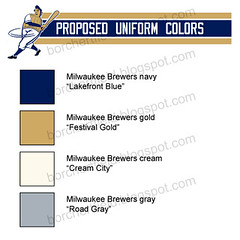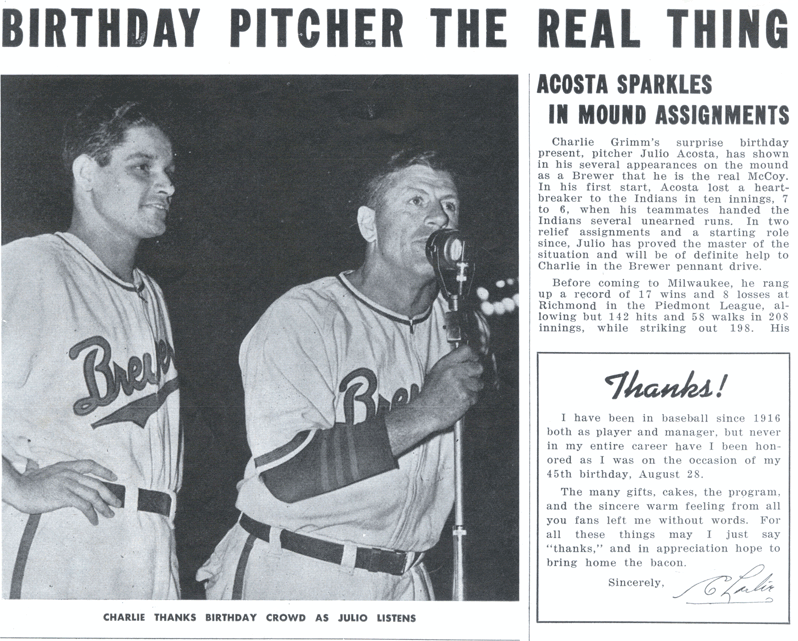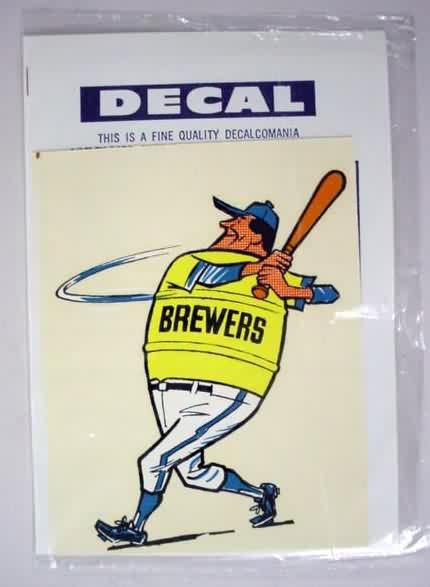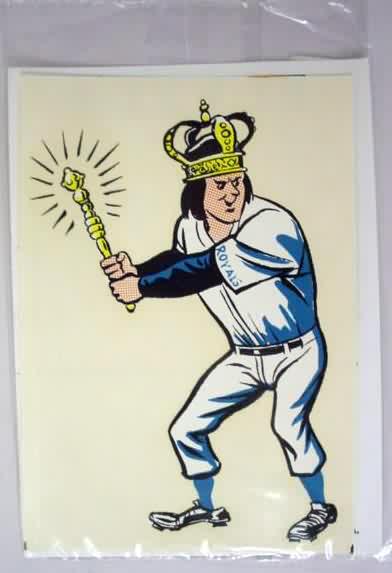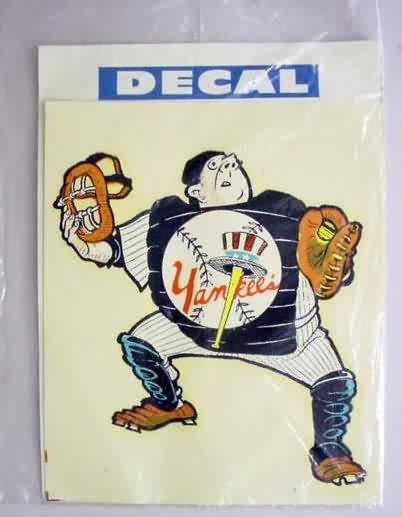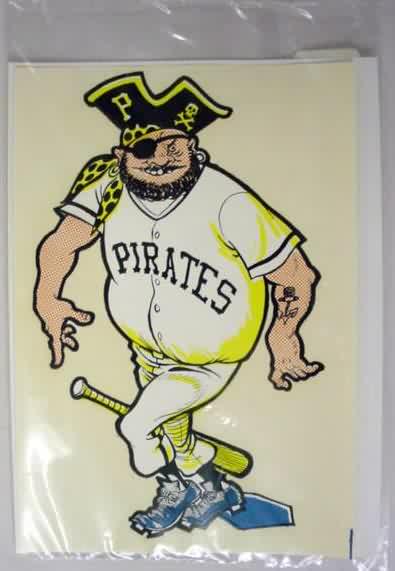The Browns wouldn't have had much use for their navy blue socks or white and blue caps in St. Louis. It wasn't like the Boston Braves keeping everything but their cap logo when they moved to Wisconsin, or the 1970 Milwaukee Brewers taking a seam ripper to the word "Pilots" on their uniforms. The American League-founding Brewers changed their color scheme to match their new name:

So it's certainly possible that the first AA Brewers uniforms were recycled. But in any case, they would soon debut a new design, one which was all theirs:
Guide: 1. Quait Bateman (1B/P), 2. Cliff Curtis (P), 3. Tom Doughery (P), 4. "Pongo Joe" Cantillion (Mgr), 5. Reeve McKay (P), 6. George Stone (RF/LF), 7. Frank Hemphill (OF), 8. Jack O'Brien (2B), 9. Harry Clark (3B), 10. Elmer "Spitball" Stricklett (P/1B), 11. Kid Speer (C), 12. Jack Slattery (C)
This team is identified in Brian A. Podoll's must-read book The Minor League Milwaukee Brewers, 1859-1952 as the 1903 Brewers, but if the player identifications are correct (and if Baseball-Reference.com can be believed) this is actually the 1904 club.
Regardless of the precise year (it could have been introduced in 1903), it's a beautiful jersey. After the standard block "MILWAUKEE" of the first uniform, an elegant, curvilinear script:

I'm presuming that the collar and script are navy blue, but that's entirely based on the relationship the Brews had with the color. It sure looks darker than royal, but the Brewers didn't have a history of wearing black.
Gorgeous. I'm really tempted to start saving up for another Ebbets Field Flannels custom order....

























